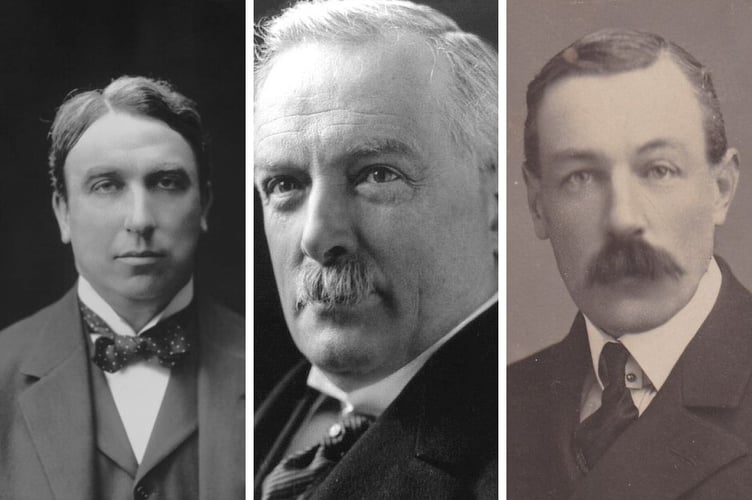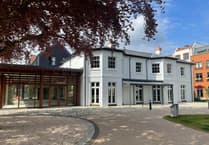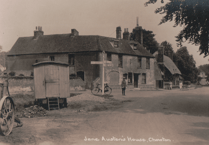These are tumultuous times politically, with seismic shifts in voting patterns predicted and sweeping boundary changes guaranteed.
But whatever the result of the July 4, 2024, election, it will be a mere tremor compared to the earthquake that was the 1924 ballot a hundred years earlier.
Held in October 1924, this was the third election in two years in the aftermath of the First World War - brought about after a motion of no confidence in the first ever Labour government, led by Prime Minister Ramsay MacDonald.
After an election the previous December, Labour had joined with the Liberal Party to form a minority parliament.
But the relationship between the coalition partners was a stormy one, and it was a Liberal MP Sir John Simon who tabled the motion of no confidence that would force the government back to the polls.
Then there was the infamous 'Zinoviev’ letter of 1924, cited last week by Reform UK leader Nigel Farage.
A forged correspondence purporting to be from Grigory Zinoviev, a communist leader in Moscow, was published in the Daily Mail four days before the 1924 election, stating a Labour government could give rise to a Bolshevik-style revolution in Britain.
This proved critical as the Conservatives, led by Stanley Baldwin, won a landslide victory with a large parliamentary majority of 209 seats, while Labour lost 50 seats and the Liberal Party surrendered a catastrophic 118 of its 158 seats - polarising British politics into the two-party system we are familiar with today.
Locally, the Conservatives’ 1924 victory had an added benefit for Farnham MP, Sir Arthur Samuel, a former Lord Mayor of Norwich who won his fourth election in four years and in doing so secured his first job in government, as Secretary for Overseas Trade.
Samuel would go on to win a further three elections, serving as MP for Farnham until December 1937 when he was raised to the peerage as Baron Mancroft. This referred to the area around St Peter Mancroft church in his birth-town of Norwich. He sat in the House of Lords until his death in 1942, aged 69.
Across the Hampshire border, a giant of local politics dating back to the late-Victorian era, William Nicholson, secured his ninth term as MP for Petersfield – setting him on the path to becoming the longest-serving MP in the now-defunct constituency’s 436-year history.
Nicholson was first elected in 1897 and would represent the region later known as East Hampshire until his retirement in 1935.
The Conservatives’ landslide victory in 1924 also opened the door of opportunity for Nicholson as he was appointed a Privy Counsellor just a year later, and another political giant living locally.
The decimation of the Liberal Party in the 1924 poll would result in its leadership switching from the unpopular HH Asquith back to the ‘Welsh Wizard’, David Lloyd George, who had served as Prime Minister from 1916 to 1922.
The same year he stood down as Prime Minister, the Great War-era leader had moved into a new house, Bron-y-de, set in 700 acres in the village of Churt near Farnham.
He would lead a weakened Liberal party until 1931 and lived in Churt until 1944, just a year before his death.
The Farnham constituency would go on to elect two more Conservative representatives before it was disbanded. Sir Godfrey Nicholson, whose family founded London-based gin distillers J&W Nicholson & Co, took over from 1937 to 1966, during which time the constituency inherited Godalming and Haslemere in the 1950 boundary changes. And Maurice Macmillan, the only son of Prime Minster Harold Macmillan (1957-1963), followed from 1966 until the Farnham seat was abolished in favour of the new South West Surrey constituency in 1983.
After Nicholson, the Petersfield constituency elected five more Conservative MPs before becoming East Hampshire in 1984; Reginald Dorman-Smith (1935-1941), George Jeffreys (1941-1951), Peter Legh (1951-1960), the area's first female MP Joan Quennell (1960-1974) and Michael Mates (1974-2010).





Comments
This article has no comments yet. Be the first to leave a comment.